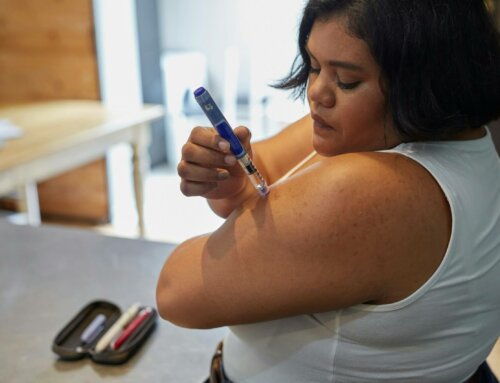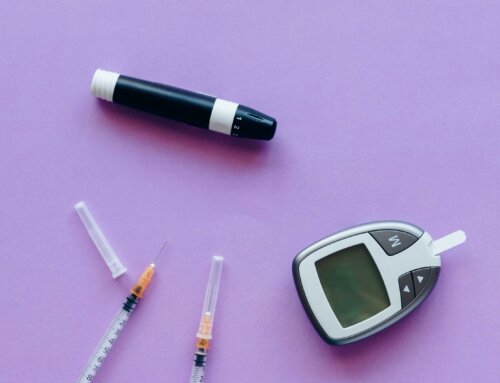People perpetuate several myths about diabetes which have no basis in fact. Myths cause unnecessary fear and prevent people from learning the truth. Consider these 5 common diabetes myths that are often shared in casual conversation.
- You need to be overweight or obese to develop diabetes because thin people don’t get it. Being overweight or obese does not necessarily mean a person will develop diabetes. Thin or normal weight people get diabetes too. As many as 20% of people with type 2 diabetes are thin. While obesity is a major factor in developing type 2 diabetes, other factors including genetics play a role. Some slim people can find that their blood sugar creeps up as they get older. Medical experts recommend people ages 45 and older should have their blood sugar checked at least every three years. Doctors recommend starting earlier if you are overweight and have symptoms of diabetes. It is important to know other risk factors such as family history and personal history of conditions such as gestational diabetes, polycystic ovarian syndrome and heart disease. Other risk factors include high cholesterol, blood pressure and triglyceride levels. Talk to your doctor about having your blood tested to check for diabetes whether you are heavy or thin.
- People with diabetes must have insulin injections to control the disease. While many people with diabetes are insulin dependent (all type 1 and LADA), it is not the only approach. Some people with diabetes take pills prescribed by their doctor to help maintain healthy blood sugar levels. If people have their blood sugar levels tested regularly, doctors can discover pre-diabetes and diabetes sooner. In certain cases, diet and exercise can be used to help control diabetes. A healthy eating plan for someone who has diabetes or is prone to it is much the same as a healthy eating plan for everyone else. It should include plenty of vegetables and some fruit along with lean protein, low-fat dairy products and whole grains. Healthy fats include canola oil and olive oil. Occasional sweets might even fit into a well-planned diet under the supervision of a medical professional. Consult with your diabetes health care team or a nutritionist to find out the best options for your situation.
- Only one type of diabetes is really dangerous. Some people believe only Type 1 diabetes is dangerous. All types of diabetes require serious attention including type 2 diabetes and gestational diabetes (happens only during pregnancy). Pre-diabetes is a warning sign of the possibility of type 2 diabetes in the future. Diabetes is a group of diseases with the inability for the body to allow glucose to enter into the cells to be used as energy. The result is high blood sugar. Causes differ for each type of diabetes but they all require treatment which includes healthy food, regular exercise and if necessary medications. People with any type of diabetes should receive ongoing treatment from their diabetes health care team and receive diabetes self–management skills.
- When you are diagnosed with type 2 diabetes, you will have the symptoms for the rest of your life. This is a common myth that can make people with type 2 diabetes lose hope. At this time, type 1 diabetes is not curable. However, type 2 diabetes is more common and often rooted in lifestyle habits. A large number of patients improve their condition by making healthier choices. If you are overweight, losing just 10 percent of your overall body weight can make a big difference. Exercising at least 5 days a week for 30 minutes per session can also help improve your condition. It is also important to eat a well-balanced food plan.
- You cannot prevent the inevitable complications related to having diabetes. This discouraging myth is far from the truth. The right diabetes self-management plan can help prevent diabetes complications such as heart disease, kidney failure and nerve damage. It is essential to keep blood sugar levels under control. Each time you monitor your blood sugar with an Accu-Chek blood glucose meter, record the results in a journal to bring to every medical appointment. Report any extreme highs or lows immediately to your doctor. Get regular medical checkups and take off your socks and shoes to have your feet checked each time. Avoid high blood pressure and cholesterol by eating low-fat foods and watching your sodium intake.
Feeding into these common diabetes myths can lead to major health complications. Know the truth to dispute these myths whenever they come up in casual conversation. Find out facts so you can share them with others and develop an effective diabetes self-management plan.













Leave A Comment